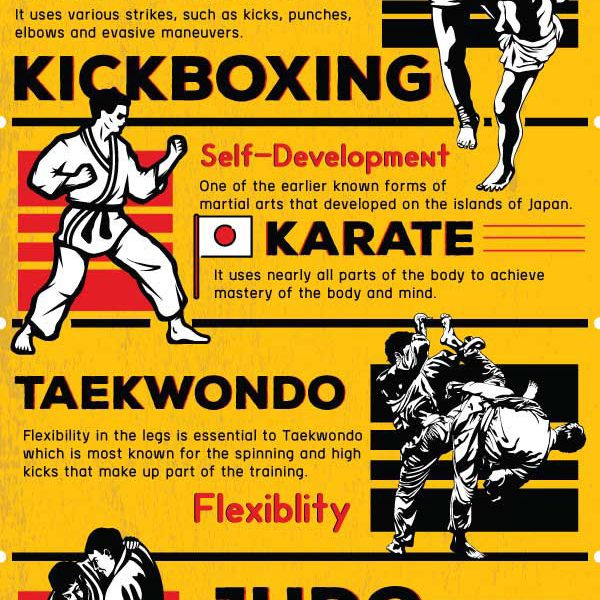Exploring The Distinctions In Between Typical Martial Arts And Contemporary Battle Sports
Exploring The Distinctions In Between Typical Martial Arts And Contemporary Battle Sports
Blog Article
Article Created By-Valentine Snedker
When you think about martial arts, do you lean more towards the standard techniques or the modern battle sporting activities? look at this now provides one-of-a-kind benefits and experiences, formed by their philosophies and training techniques. Typical martial arts highlight personal development and self-control, while contemporary fight sports concentrate on competitors and efficiency. Comprehending these differences can lead you in picking the best strategy for your journey. However how do these distinctions manifest in training and ideology?
The Viewpoint and History Behind Traditional Martial arts
While many individuals link martial arts with physical battle, the philosophy and history behind standard martial arts run much deeper. You'll find that these self-controls stress individual development, technique, and respect.
Originating from old methods, typical martial arts were commonly established for Self-Defense and spiritual growth. They symbolize concepts such as equilibrium, harmony, and self-discipline, assisting specialists past mere battling abilities.
As you train, you'll not only learn strategies yet also gain understandings right into the society and values that formed these arts. The routines and customs, often given through generations, foster a feeling of area and belonging.
The Competitive Nature of Modern Combat Sports
Modern combat sporting activities have changed the landscape of martial arts into a very competitive sector, where professional athletes challenge in a test of ability, strategy, and endurance.
You'll discover that competitions are typically organized with rigorous policies and regulations, making certain fair play and safety and security. These occasions bring in big target markets, sustaining the exhilaration and intensity of matchups.
Athletes train carefully, not just for physical expertise yet also for psychological toughness, understanding that every detail counts in the ring. The adrenaline thrill during competitors is apparent, as fighters press their limitations to declare success.
Followers value the athleticism and virtuosity included, making contemporary fight sports a thrilling phenomenon that remains to develop and mesmerize lovers all over the world.
Training Approaches and Strategies: A Relative Evaluation
The competitive atmosphere of modern combat sporting activities demands cutting-edge training approaches that vary substantially from typical martial arts.
In modern-day training, you'll focus on certain strategies, sparring, and conditioning, usually utilizing drills that imitate genuine fight situations. mouse click the following web site 'll see an emphasis on quantifiable performance and regular competitors to analyze your abilities.
In contrast, standard martial arts focus on forms, katas, and thoughtful trainings, frequently emphasizing technique and regard over competition.
Training is usually much less extreme and may include repetitive practice rather than real-time sparring.
While both techniques construct ability and fitness, modern fight sports offer an extra vibrant and adaptable training atmosphere, preparing you for immediate challenges in the ring or cage.
Pick the course that straightens with your objectives and rate of interests.
Conclusion
In picking in between conventional martial arts and modern-day combat sports, it truly boils down to what you value many. If you're seeking individual growth, self-control, and a sense of community, conventional arts might be your ideal fit. Yet if you prosper on competitors and real-time difficulties, modern battle sporting activities could be the means to go. Eventually, both courses supply one-of-a-kind benefits, so it's all about straightening your training with your personal goals and rate of interests.
